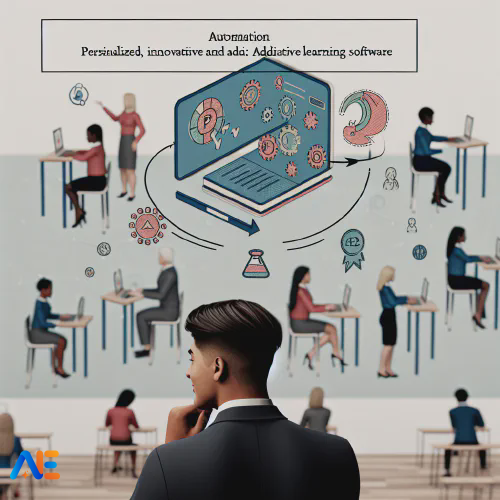
In the bustling world of education, teachers are often stretched thin. With mounting workloads, reduced staff, and a plethora of administrative tasks, it can be challenging to find the time to truly personalise learning experiences for each student. However, the advent of automation in education offers a promising solution. By harnessing the power of data analytics and adaptive learning software, teachers can better understand each student’s learning patterns and needs, paving the way for a more tailored, effective education.
The Concept of Personalised Learning
Personalised learning is not a new concept. The idea of tailoring education to meet the unique needs and abilities of each student has been a long-standing goal in education. However, the practical implementation of this concept has often been hindered by time constraints and large class sizes. This is where automation comes in.
The Role of Automated Data Analytics
Automated data analytics can provide teachers with a wealth of information about each student’s learning style, progress, and areas of difficulty. This data can be used to create individualised learning plans, assign appropriate resources, and even predict potential learning obstacles before they become problematic. For example, if a student consistently struggles with a particular type of maths problem, the system could automatically suggest targeted resources to help them overcome this challenge.
The Power of Adaptive Learning Software
Adaptive learning software takes this a step further by adjusting the learning experience in real-time based on the student’s performance. If a student quickly masters a concept, the software can introduce more advanced material. Conversely, if a student is struggling, the software can provide additional practice and support in that area. This allows for a truly personalised learning experience that can adapt and grow with the student.
Addressing Concerns About Depersonalisation
However, the rise of automation in education has also sparked concerns about the potential depersonalisation of learning. Critics worry that the increased reliance on technology could lead to a loss of the human touch that is so vital in education. While these concerns are valid, it’s important to remember that automation is a tool, not a replacement for teachers.
In fact, by automating routine tasks, teachers can free up more time to engage with students on a personal level. They can spend less time grading assignments and more time providing meaningful feedback, less time on administrative tasks and more time on one-on-one instruction. In this way, automation can actually enhance the teacher-student relationship, rather than diminish it.
Conclusion
In conclusion, automation holds great potential for personalising education and helping teachers meet the unique needs of each student. By harnessing the power of data analytics and adaptive learning software, teachers can create a more effective, tailored learning experience. However, it’s crucial to remember that these tools should be used to enhance, not replace, the human element in education. After all, at the heart of every great learning experience is a dedicated teacher.